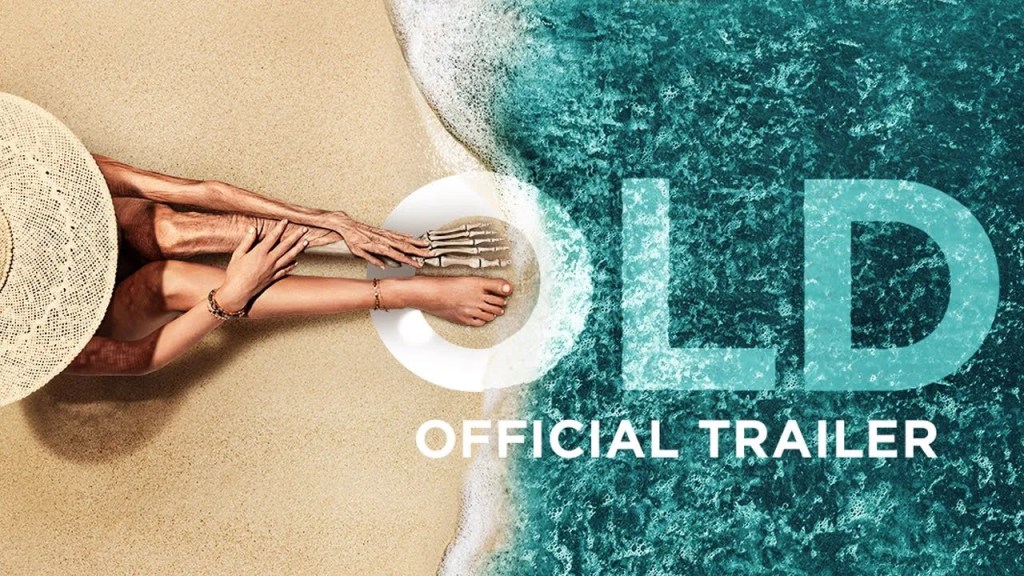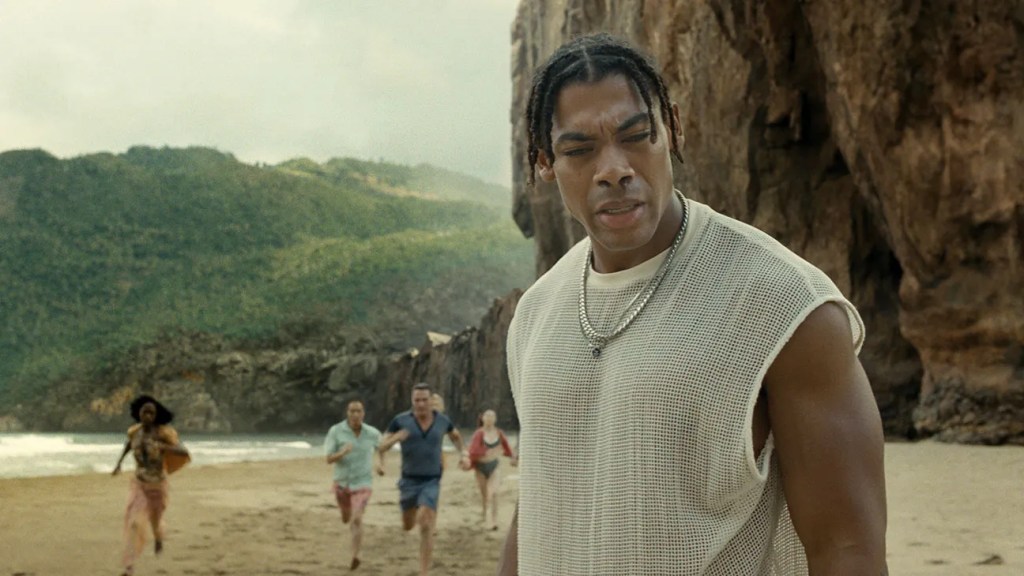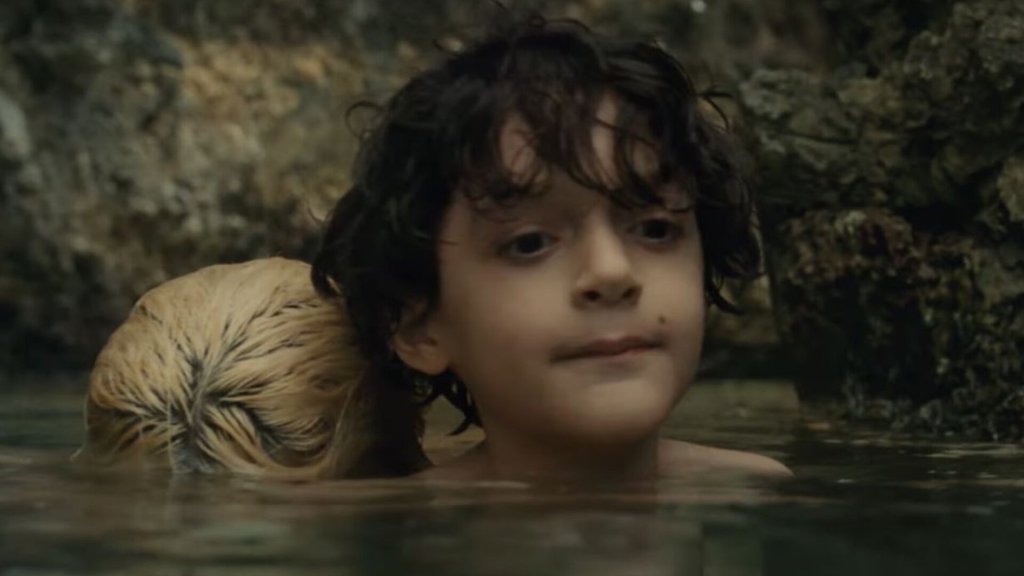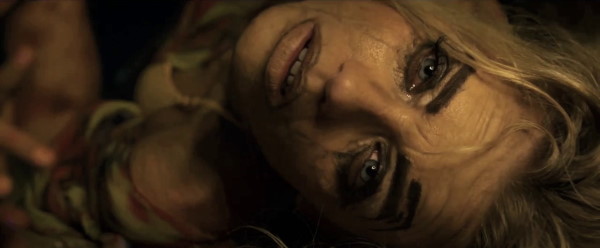Season 2, Episode 3
listen on Spotify
listen on Apple Podcasts
Emma and Christy discuss M. Night Shyamalan’s 2021 film Old. We talk about what makes good (and bad) horror; harmful representations of disability in movies, art, and society; aging and chronic illness; the history of medical experimentation; critical disability studies; and “crip time”. We may not recommend actually watching this film, but we definitely recommend thinking through some of what’s going on in it!
MEDIA DISCUSSED
Old (2021)
Movie poster
Hotelier offering the secluded beach trip to the Cappa family
Mid-Sized Sedan
Corpse floating to bump into Trent Cappa
Close-up of Chrystal’s make-up streaked face as she dies
The Sixth Sense (1999)
Midsommar (2019) (see our previous episode on this film)
Get Out (2017)
Unbreakable (2020)
Split (2016)
Ann Radcliffe, Mysteries of Udolpho (1794)
The Kingsman (2014), the ‘Gazelle’ ‘super crip’ character
Poster for the Degenerate Art Exhibition of 1937
The Black Stork, 1917 film
REFERENCES
CrippledScholar, ‘If You’re Disabled in an M. Night Shyamalan Film, You are either a Villain or a Supercrip (Mostly a Villain Though)’, 2017
Jeffrey Andrew Weinstock, Critical Approaches to M. Night Shyamalan (London: Palgrave Macmillan, 2010)
The White Pube, ‘Old’ (2022)
Paul K. Longmore, ‘Screening Stereotypes: Images of Disabled People in Television and Motion Pictures’, in Why I Burned My Book and Other Essays on Disability (Philadelphia: Temple University Press, 2003)
Charles Riley, Disability and the Media: Prescriptions for Change (Chicago: University of Chicago Press, 2005)
Robert McRuer, Crip Theory: Cultural Signs of Queerness and Disability (New York: New York University Press, 2006)
Mike Oliver, ‘The Social Model in Action: If I Had a Hammer’, in Implementing the Social Model of Disability: Theory and Research (Leeds: The Disability Press, 2004)
Tom Shakespeare, ‘The Social Model of Disability’, in The Disability Studies Reader (London: Routledge, 2016)
Tobin Siebers, Disability Theory (Ann Arbor: University of Michigan Press, 2008)
Tobin Siebers, Disability Aesthetics (Ann Arbor: University of Michigan Press, 2010)
Martin S. Pernick, The Black Stork: Eugenics and the Death of ‘Defective’ Babies in American Medicine and Motion Pictures Since 1915 (New York and Oxford: Oxford University Press, 1996)
Ellen Samuels, ‘Six Ways of Looking at Crip Time’, Disability Studies Quarterly 37, no. 3 (2017)
Travis Chi Wing Lau, ‘Slowness, Disability, and Academic Productivity: The Need to Rethink Academic Culture’, in Disability at the University: A Disabled Students’ Manifesto (Bristol: Peter Lang, 2019)
Susan Lederer, Subjected to Science: Human Experimentation in America before the Second World War (Baltimore and London: The Johns Hopkins University Press, 1995)
Claude Bernard, An Introduction to the Study of Experimental Medicine (New York: Dover Publications, 2012 (1865))
David Rothman, Strangers at the Bedside: A History of How Law and Bioethics Transformed medical Decision Making (New York: Aldine de Gruyter, 1991)
FURTHER READING
Robert Bogdan, Picturing Disability: Beggar, Freak, Citizen, and Other Photographic Rhetoric (Syracuse: Syracuse University Press, 2012)
Nadja Durbach, Spectacle of Deformity: Freak Shows and Modern British Culture (Berkeley: University of California Press, 2010)
Andrew Gumbel and Clare Garner, ‘Hirst exhibition “sick stuff” says Mayor Giuliani’, The Independent, 23 September 1999
Ann Millett-Gallant, The Disabled Body in Contemporary Art (London: Palgrave Macmillan, 2010)
David T. Mitchell and Sharon L. Snyder, Narrative Prosthesis: Disability and the Dependencies of Discourse (Ann Arbor: University of Michigan Press, 2001)
Laura Vearrier and Carrie M. Henderson, ‘Utilitarian Principalism as a Framework for Crisis Healthcare Ethics,’ HEC Forum 33 (2021): 45-60
This season of ‘Drawing Blood’ was funded in part by the Association for Art History.
Follow our Twitter @drawingblood_
Audio postproduction by Sias Merkling
‘Drawing Blood’ cover art © Emma Merkling
All audio and content © Emma Merkling and Christy Slobogin
Intro music: ‘There Will Be Blood’ by Kim Petras, © BunHead Records 2019. We’re still trying to get hold of permissions for this song – Kim Petras text us back!!







